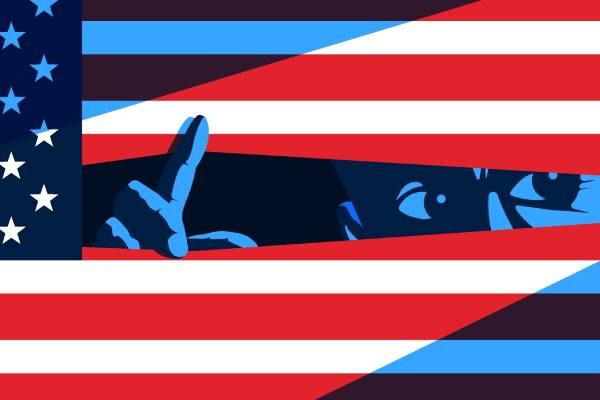
Now that the 2024 U.S. election is behind us, U.S. companies have a lot of questions about what international trade and trade compliance might look like in 2025 and beyond.
Post-election transitions always bring uncertainty, especially around potential shifts in Washington’s trade policies. And that seems to be even more true this year, with tariffs being a major plank in the winning party’s platform.
In the meantime, there is daily news about possible trade actions that the new administration will take or consider. Keeping up with the latest news and speculation is difficult, but staying compliant in an ever-changing trade environment can be time-consuming and costly.
How U.S. importers consider and prepare for international trade in 2025 depends on actions taken and how tariffs and other trade restrictions are implemented. Let’s take a few vital areas into closer consideration and explore a few possibilities and how shippers can prepare.
Trade remedy tariffs
Trade framework. Section 301 of the Trade Act of 1974 allows the President to impose tariffs on goods from countries that are violating trade agreements or engaging in unfair trade practices. The process involves a detailed investigation by the Office of the U.S. Trade Representative (USTR) that typically includes public hearings and an open comment period.
Similarly, Section 232 of the Trade Expansion Act of 1962 gives the President the power to regulate the import of goods and materials from other countries if they threaten national security. The President can do this by imposing tariffs or other measures.
Example. Section 301 was used in 2018 to levy tariffs on many goods from China, and most of those tariffs are still in place today. During the first Trump administration, Section 232 tariffs were also levied on certain steel and aluminum products from various countries.
Some countries negotiated tariff rate quotas on these goods, rather than having their exported steel and aluminum be subject to the full rate. This led to an additional compliance complexity of tracking import volume of certain commodities to determine tariff impact.
What’s possible? When President-Elect Trump says he will levy “an additional 10% tariff, above any additional tariffs” on imports from China on Jan 20, 2025, it’s possible that action could be taken using the 2017 petition that found China engaging in forced technology transfer that led to the current Section 301 tariffs on Chinese goods—and could be enacted immediately.
Such an increase would be published by the USTR in the Federal Register with an implementation date of the USTR’s choosing. It’s important to note that exclusions formerly given under past Section 301 tariffs may or may not be considered if additional tariffs are implemented using that or other petition findings.
How to prepare. When the USTR or the Department of Commerce is undertaking a trade remedy investigation, public comment is usually part of the process. U.S. importers can look for announcements of such investigations and proposed tariffs in the Federal Register (federalregister.gov) and offer comments regarding the proposed actions and commodities under consideration.
New Section 301 tariffs can be implemented as quickly as 210 days after the petition is filed, initiating the investigation. New Section 232 tariffs can be implemented within a year of when the investigation is requested. Once an investigation is initiated, identifying goods in your supply chain that might be impacted, given the scope, is a good idea.
Calculate the impact additional tariffs might have so that comments can be filed and exclusion requests can be prepared in the case that tariffs are levied and exclusions are made available. Updates on status of trade remedy tariffs can be found in the Federal Register.
Be sure to read the details of the proclamations, resulting agency announcements and filing rules published by Customs and Border Protection (CBP) to know what steps must be taken.